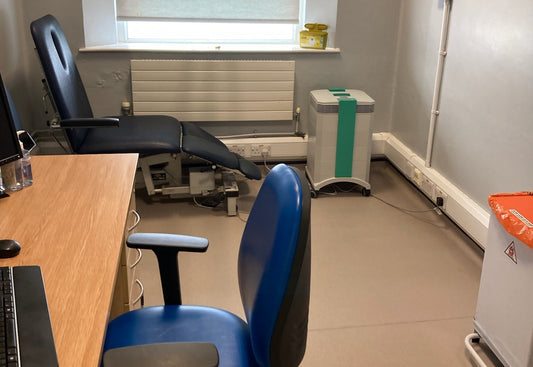Although the impact of air pollution on oil paintings in the National Gallery, London, was reported as long ago as 1850, the effects of air pollution in museums and on works of art and museum artefacts has not received nearly as much attention as that of humidity, temperature and levels of light. We know a great deal about the impact of air pollution on human beings – but less about how it affects objects such as paintings, ceramics, metalwork and archaeological specimens. These are made of different materials from biological organisms and are built to endure for longer – sometimes for millennia. The effect of air pollution in museums and the objects housed in museums and art galleries is long-term and may be hard to detect. However, the damage is real – 47 per cent of 30,000 cultural institutions in the United States believe that their collections have been harmed by air pollution.
The environmental researcher Peter Brimblecombe of the University of East Anglia highlights some of the main pollutants museums should be most concerned about:
Sulphur Dioxide
- Tarnishes metals
- Damages paint and dyes
- Makes paper brittle and discoloured
- Reduces the strength of textiles
- Weakens leather
- Attacks photographic materials
Nitrogen Dioxide
- Induces fading in textiles
- Reduces strength of textiles
- Damages photographic film
Formaldehyde
- Damages photographs, metal objects
- Harmful to some types of glass
Volatile Organic Compounds (VOCs)
Some VOC pollution is harmless. The main one known to be damaging is acetic acid.
The sources of these museum pollutants differ. Nitrogen dioxide and sulphur dioxide come from outside, mainly from traffic. Given that many major museums and galleries are located in city centres where outdoor air pollution levels are usually high, this is clearly a cause for concern.
Formaldehyde and VOCs come from the materials used in the museum or gallery, including adhesives, fibreboard, cardboard, carpet, textiles, varnish and paint. Typically, a museum or gallery artefact will either be on open display, or will be enclosed in a display cabinet. Differences in pollutant levels have been found between the two environments. Levels of sulphur and nitrogen dioxides tend to be higher outside than inside a display cabinet. However, levels of VOCs and formaldehyde are higher inside a display cabinet than outside; most likely because they are emitted from the material the cabinet is made of (especially if this is wood) and build up inside the display space.
The following maximum levels have been suggested for museums:
- Sulphur dioxide – 1-10 µg/m3
- Nitrogen dioxide – 5 µg/m3
- Acetic acid – 50-100 µg/m3
But, of course, the situation is complicated because every museum and gallery contains a unique collection of objects, made from a mixture of different materials, all of which respond differently to exposure to different kinds of air pollutant.
One of the most effective and efficient ways of controlling air pollution in museums, either for entire rooms or individual exhibits for example, is by using standalone air filtration systems that are certified and verified for their performance. These systems are of a much higher quality than standard building ventilation systems, and often work out to be better value for money, while also offering significantly more environmentally friendly credentials. With automated controls and long-lasting filters, the IQAir GCX MultiGas is an excellent example of one such air filtration system.
Contact one of the experts at Commercial Air Filtration to find out how we can help you. Tel: 020 3176 0524, or info@commercialairfiltration.co.uk.




